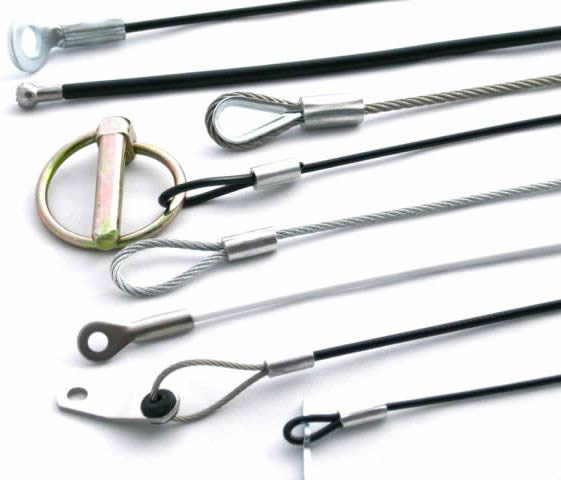Bionanotechnology and nanobiotechnology are terms that refer to the intersection of nanotechnology and biology . Given that the subject is one that has only emerged very recently, bionanotechnology and nanobiotechnology serve as blanket terms for various related technologies.
a, A typical plant cell, illustrating the cell wall (cw), large central vacuole (v), and various organelles (nucleus (n), mitochondria (m), chloroplasts (cp), endoplasmic reticulum (er), golgi (g)) within the cytoplasm (white region). b, After action of the gene gun, MSNs (small circles), carrying the small effector molecule (-estradiol) within the gold-capped structure and externally coated with plasmid DNA, penetrate the cell wall and, in some cases, enter the cytoplasm. c, Within the cytoplasm, the plasmid DNA dissociates from the MSN surface and enters the nucleus (not shown). The MSNs are uncapped by incubating the plant cells with dithiothreitol (DTT). This releases the -oestradiol effector molecules (orange hexagons) and activates expression of the plasmid DNA in the nucleus.
These two terms are often used interchangeably. When a distinction is intended, though, it is based on whether the focus is on applying biological ideas or on studying biology with nanotechnology. Bionanotechnology generally refers to the study of how the goals of nanotechnology can be guided by studying how biological “machines” work and adapting these biological motifs into improving existing nanotechnologies or creating new ones. Nanobiotechnology, on the other hand, refers to the ways that nanotechnology is used to create devices to study biological systems.
You might also like
| What is Nanotechnology? Nanotechnology is the engineering... | What is Nanoelectronic ? Nanoelectronics refer to the use of nanotechnology... | Superconductors A superconductor is an element or... | Biomimetics (Biomimicry) Biomimetics (also known as biomimicry,... |





 Alloy Suppliers
Alloy Suppliers
 Aluminum
Aluminum
 Aluminum Extrusions
Aluminum Extrusions
 Copper-Brass-Bronze
Copper-Brass-Bronze
 Nickel
Nickel
 Magnets
Magnets
 Stainless Steel
Stainless Steel
 Stainless Steel Tubing
Stainless Steel Tubing
 Steel Service Centers
Steel Service Centers
 Titanium
Titanium
 Tungsten
Tungsten
 Wire Rope
Wire Rope